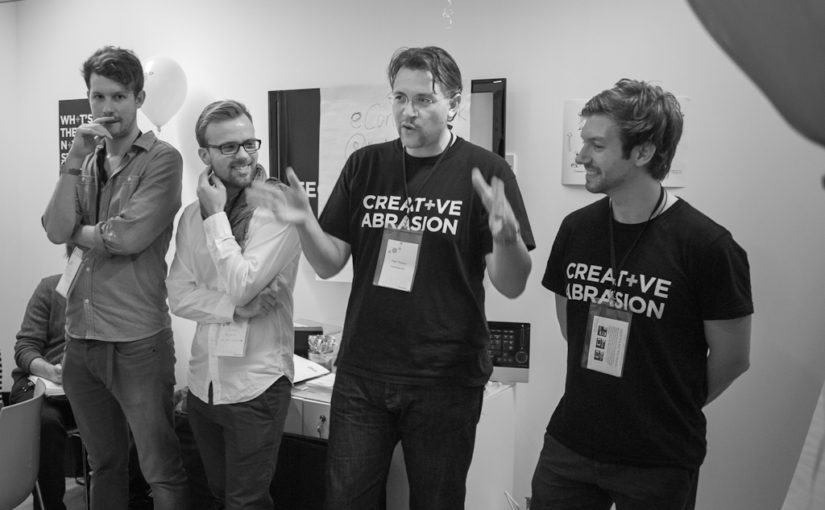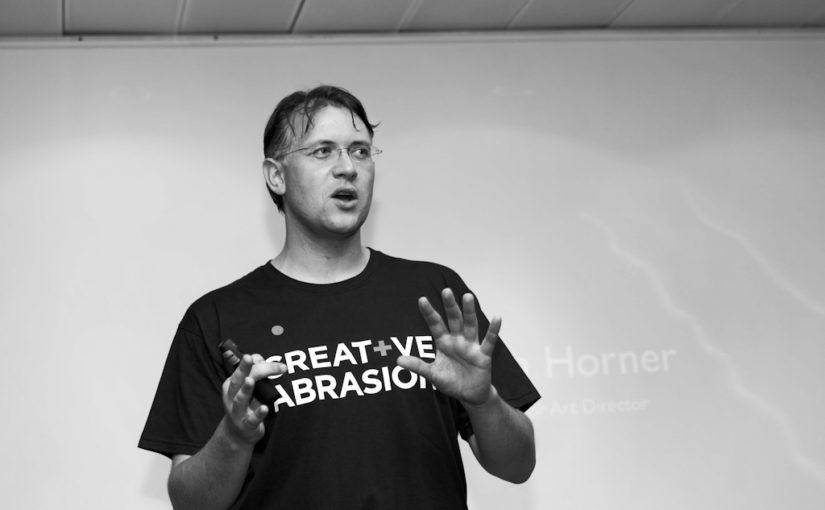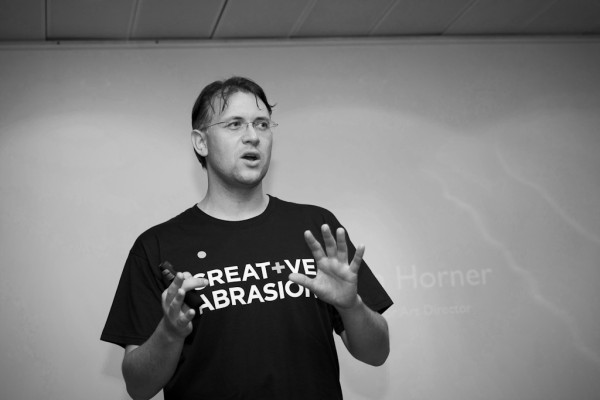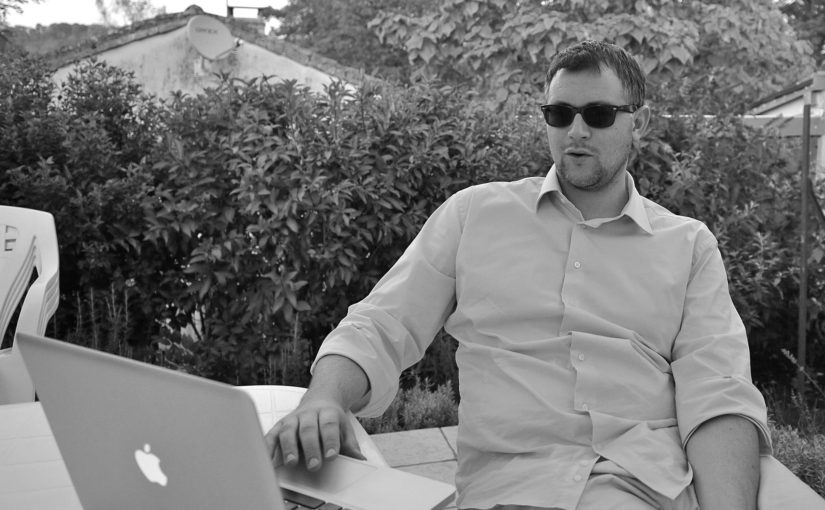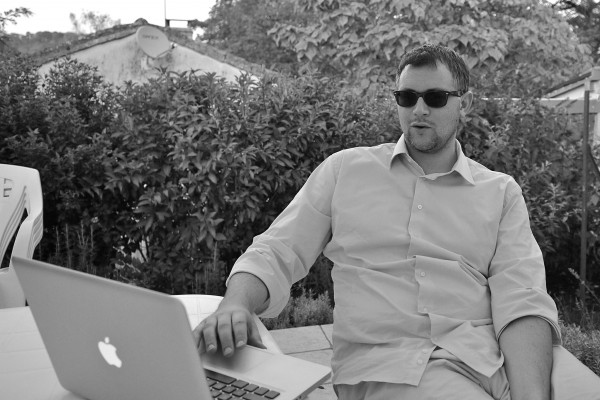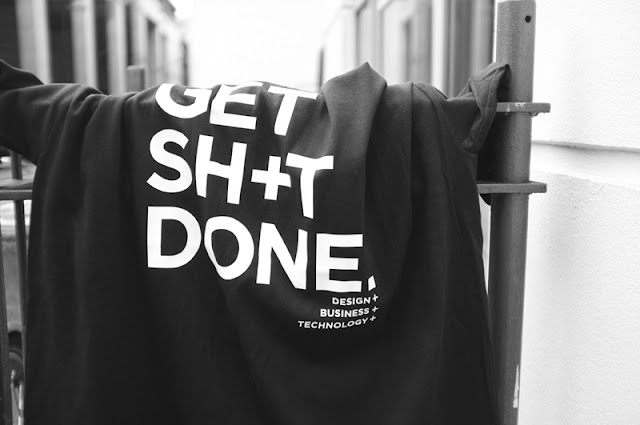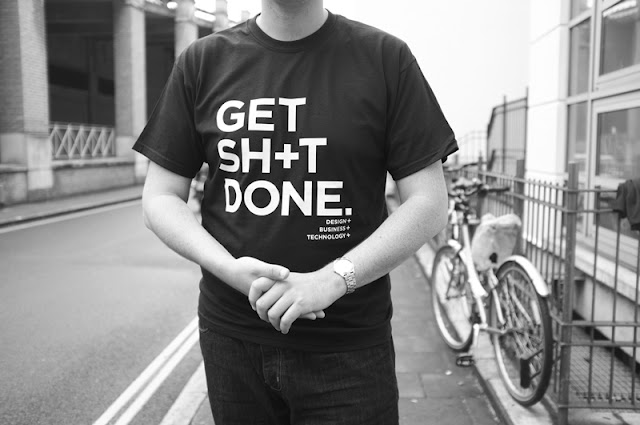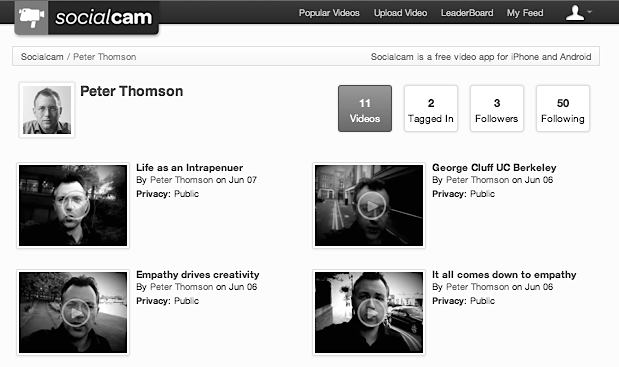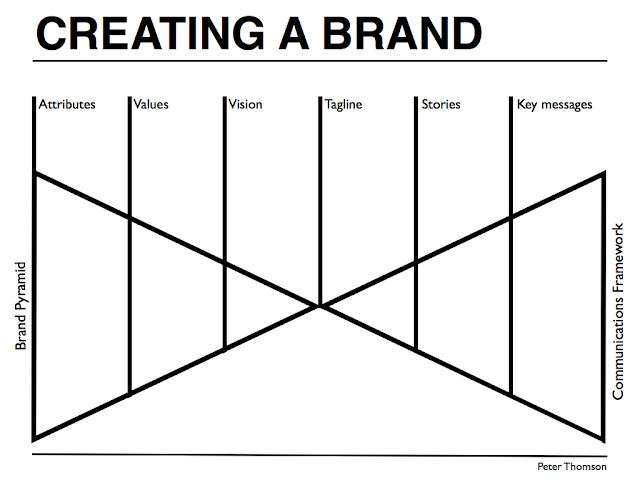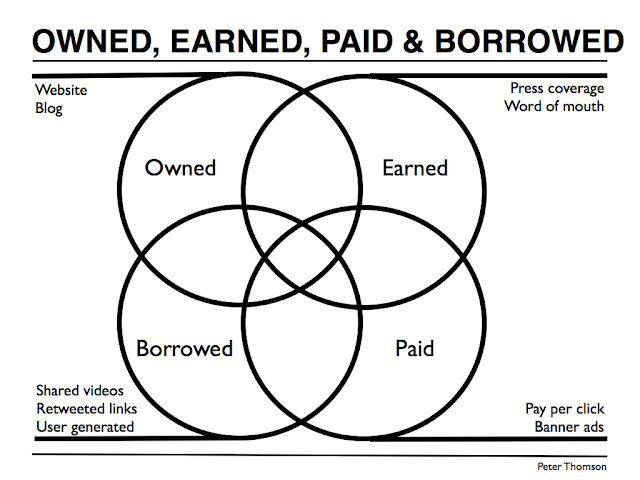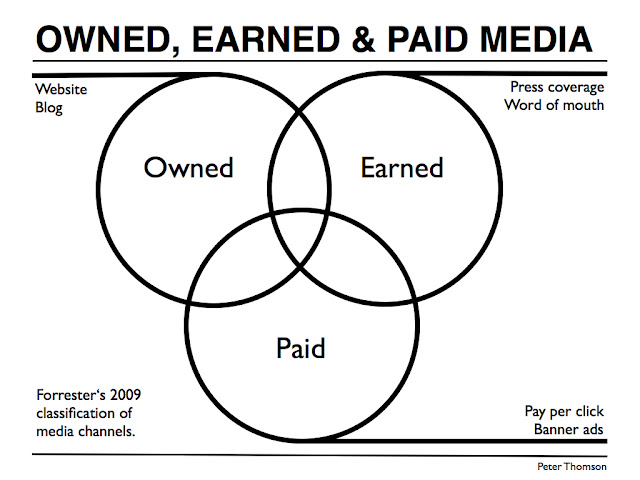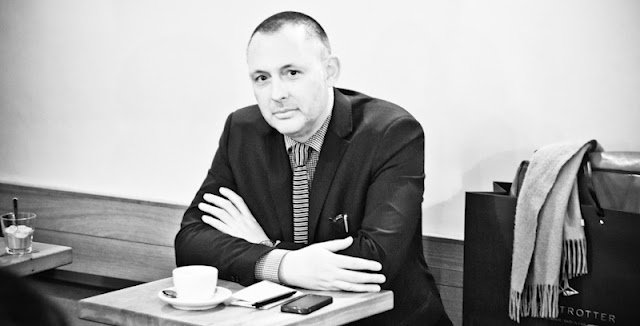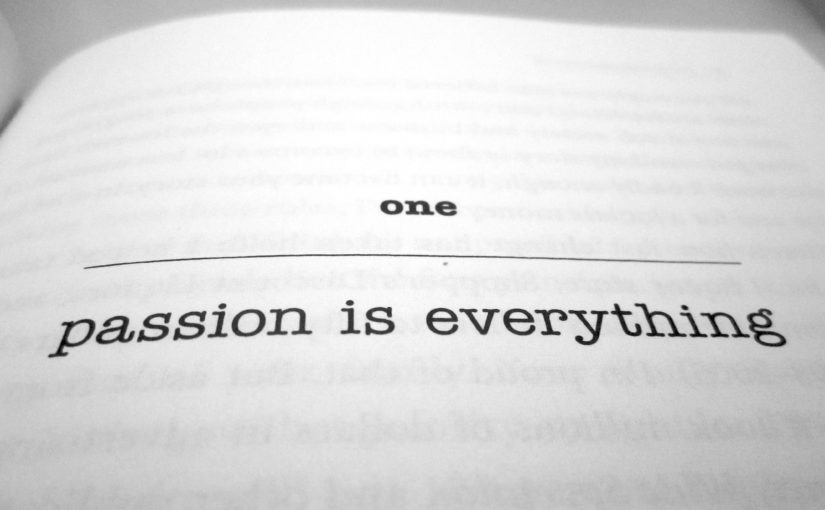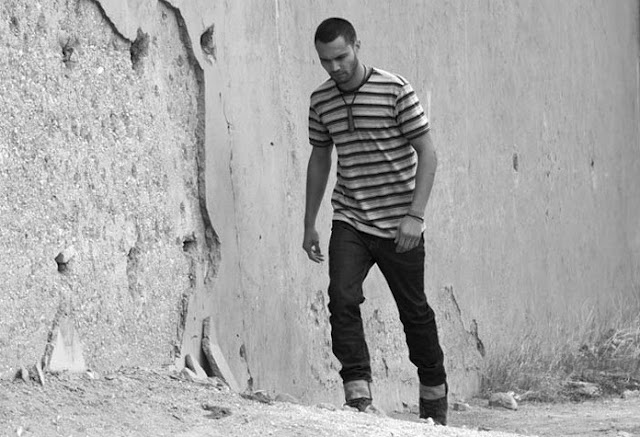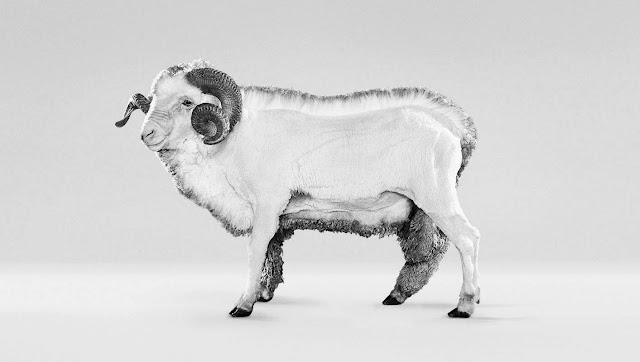Creativity in business matters more than ever before. Luckily, there is a new technique called gamestorming that uses games to encourage creativity in business. The old approaches like workshops, brainstorms, off-sites or hiring a consultant to think for you are no longer enough to create the new ideas that you need. Execution is still vital to bring products to market, but if you don’t have a good idea to start with, then you’re stuffed.

I recently gave a presentation on Gamestorming to a group that are advocating for mobile working, digital nomads and creativity called Anywhere Working. The group is facilitated by the team at 33 Digital and David Clare was kind enough to invite me to get involved. I was presenting on behalf of one of the collectives that I’m involved in called Converge+UK. Converge+UK is all about creativity at the intersection of design, business and technology so it was great to share some ideas with the Anywhere Working crew. Rueben Milne had a great take on the ways that creativity can happen in unexpected places and at unexpected times.
